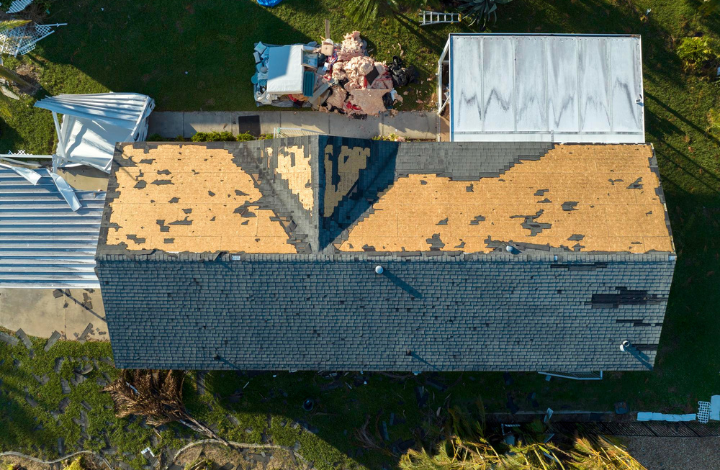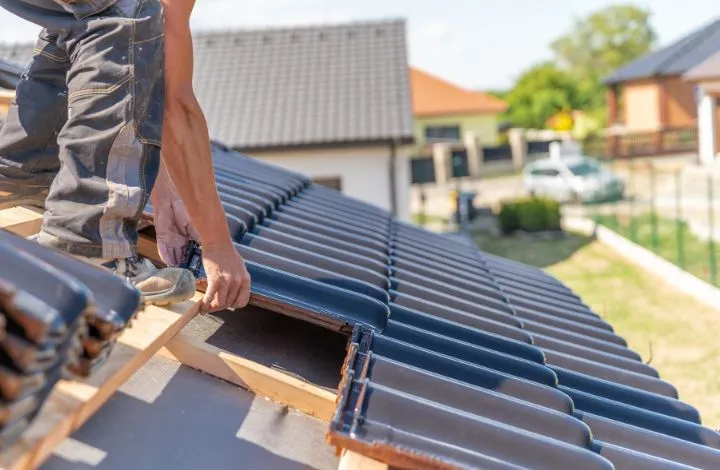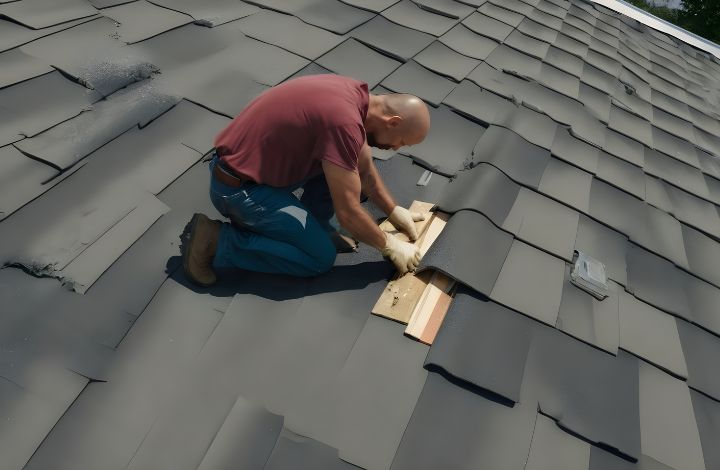Is your home feeling too warm in the summer or too chilly in the winter? The problem might be with your roof. Many homeowners overlook how much a well-maintained roof can affect their home’s energy efficiency. When your roof is in good shape, it helps keep your home at a comfortable temperature, saving you money on energy bills. A skilled Roof Restorer can make a huge difference.
They can fix leaks, apply protective coatings, and ensure your roof works its best. Investing in roof restoration means you’re not just repairing your home—you’re boosting its efficiency and lowering utility costs. Learn how roof restoration can transform your home into an energy-saving powerhouse.
Understanding Roof Restoration
1. What is Roof Restoration?
Roof restoration is a process that aims to restore your roof to its original condition, enhancing its appearance and functionality. This process generally includes detailed cleaning, fixing damaged sections, and applying protective coatings to enhance the roof’s durability and longevity.
One common step in roof restoration is Soft Roof Washing, which uses gentle techniques to remove dirt, algae, and moss without causing harm to the roofing materials.
The goal of roof restoration is to improve aesthetics and reinforce the roof’s ability to protect your home from the elements. By addressing issues like leaks and wear and tear, roof restoration helps maintain the structural integrity of your roof. Regular maintenance, including soft roof washing, is essential to ensure that your roof remains in good condition and continues to safeguard your home effectively.
2. Common Roof Restoration Techniques
Roof restoration often involves the following:
- Cleaning: Pressure wash the roof to remove dirt, moss, and debris.
- Repairing: Patch any damaged areas with new roofing materials.
- Sealing: Apply sealants to prevent leaks and water damage.
- Re-coating: Add a new layer of protective coating to enhance durability.
How Roof Restoration Improves Energy Efficiency
1. Enhanced Insulation
A Roof Restorer improves energy efficiency by boosting your roof’s insulation. This added layer helps your home be cooler in summer and warmer in winter by reducing heat transfer. Better insulation means less reliance on heating and cooling systems, leading to lower energy bills and a more comfortable living space.
2. Reflective Coatings and Materials
Reflective coatings and materials help improve energy efficiency by reflecting sunlight away from the roof, reducing heat absorption. This keeps your home cooler, lowers air conditioning costs, and enhances overall energy efficiency. They are key components in roof restoration, making your home more comfortable and cost-effective.
3. Reduction of Heat Transfer
Roof restoration minimizes heat transfer by improving insulation and sealing. This means less heat from the sun penetrates your home, keeping it cooler. Techniques like Soft Roof Washing help maintain your roof’s efficiency by removing debris that can affect insulation. This ultimately reduces your energy bills and enhances comfort.
Benefits of Improved Energy Efficiency
1. Lower Energy Bills
Improved energy efficiency in your home means using less energy for heating, cooling and lighting. By upgrading insulation, windows, or appliances, you reduce the amount of energy needed, leading to significant savings on your
monthly utility bills. Efficient homes not only cut costs but also lower your environmental impact.
2. Increased Home Comfort
With better insulation and efficient systems, you’ll experience fewer drafts and a more stable indoor climate. Upgraded insulation and energy-efficient windows minimize drafts and temperature fluctuations, making your home feel cozy in the winter and refreshingly cool in the summer. With better climate control, you’ll enjoy a more stable and pleasant environment throughout the year, enhancing your overall living experience.
3. Extended Roof Lifespan
Enhancing energy efficiency can significantly extend your roof’s lifespan. You minimize wear and tear by reducing the strain on your roof through better insulation and cooling. Using a Roof Restorer helps maintain optimal conditions, ensuring your roof lasts longer and performs better, saving you money on repairs and replacements.
Choosing The Right Roof Restorer
1. What To Look For in A Roof Restorer
When choosing a roof restorer, look for a few key qualities. Ensure they have proper licensing and insurance for safety and reliability. Check their experience with similar projects and read customer reviews to gauge their reputation. A good restorer should offer detailed estimates and use high-quality materials to ensure a lasting result.
2. Questions To Ask Potential Roof Restorers
Ask about their experience with Soft Roof Washing, their licensing, and insurance coverage. Inquire about their approach to roof cleaning and repairing, and request references from previous clients. Ensure they offer a clear, written estimate detailing all costs involved. This helps you make an informed decision and ensures quality work.
3. Cost Considerations
Consider not just the initial quote but the overall value. Seek a balance between affordability and excellence. Check if the price includes all necessary services, such as inspection, repairs, and cleanup.
Remember, the cheapest option may not always offer the best results, so prioritize quality and transparency in pricing.
Final Words
So, roof restoration significantly enhances home energy efficiency by improving insulation and reducing heat loss, leading to lower energy bills. By choosing a skilled Roof Restorer, you ensure your home benefits from advanced materials and techniques that boost thermal performance and prolong the life of your roof.
Investing in restoration not only protects your home but also contributes to a more sustainable and cost-effective living environment.





 10 Things You Should Know Before Doing A Roof Restoration
10 Things You Should Know Before Doing A Roof Restoration 5 Key Signs Your Home Needs Roof Restoration
5 Key Signs Your Home Needs Roof Restoration Signs You Need a Roof Restoration or a Roof Replacement
Signs You Need a Roof Restoration or a Roof Replacement
LET'S BE SOCIAL: